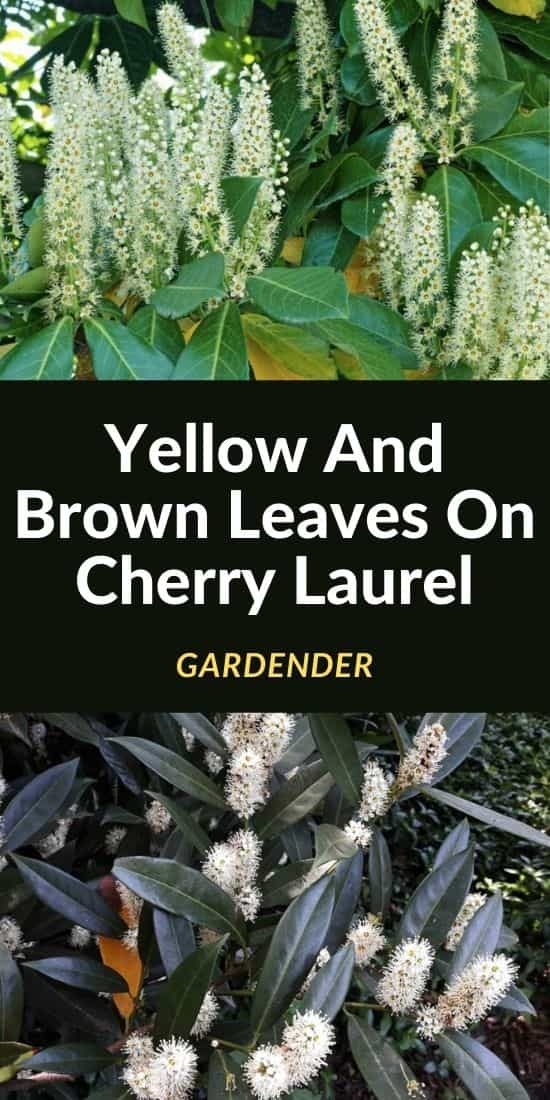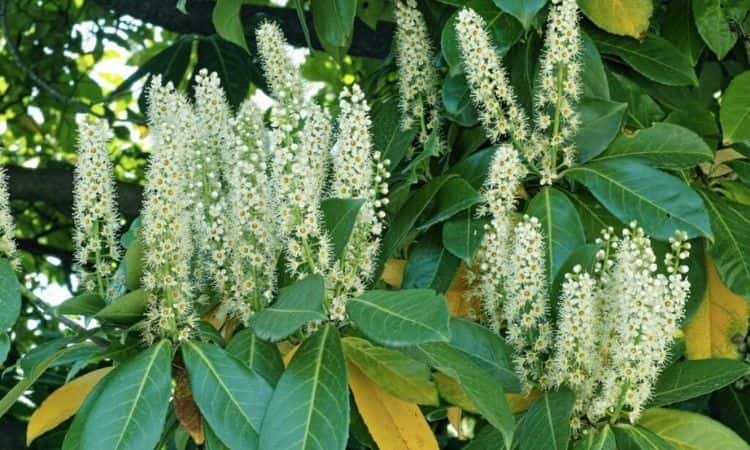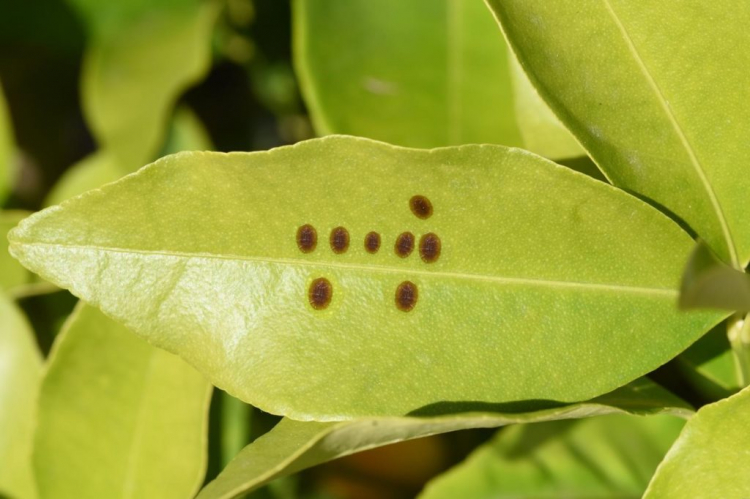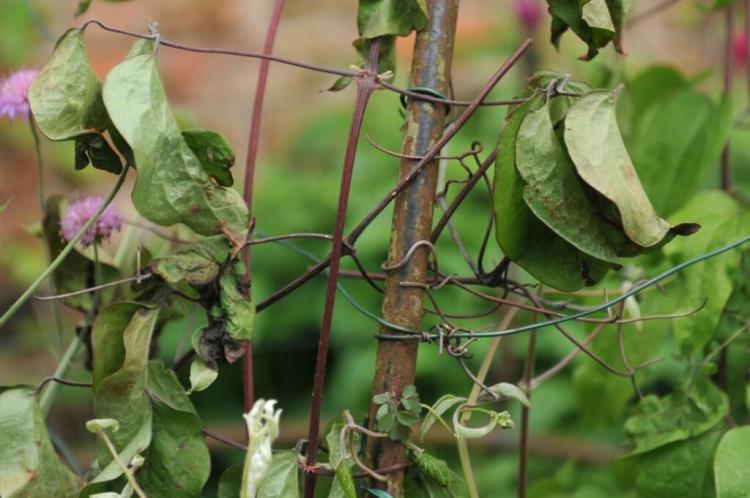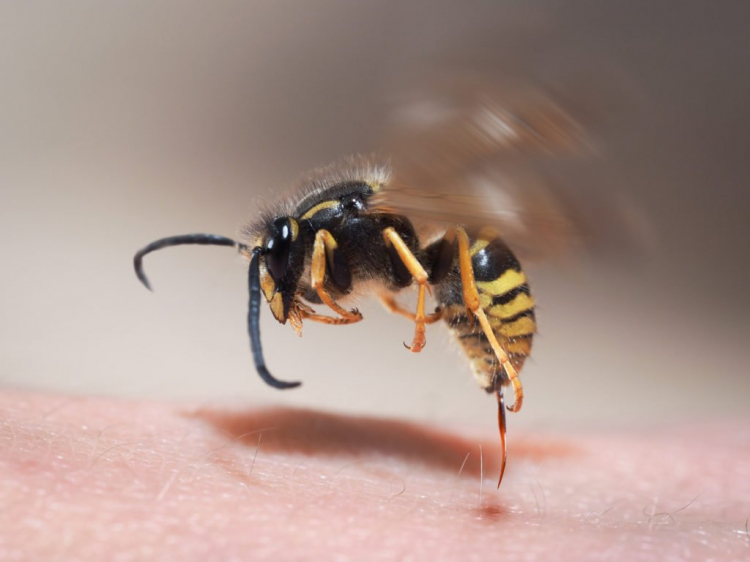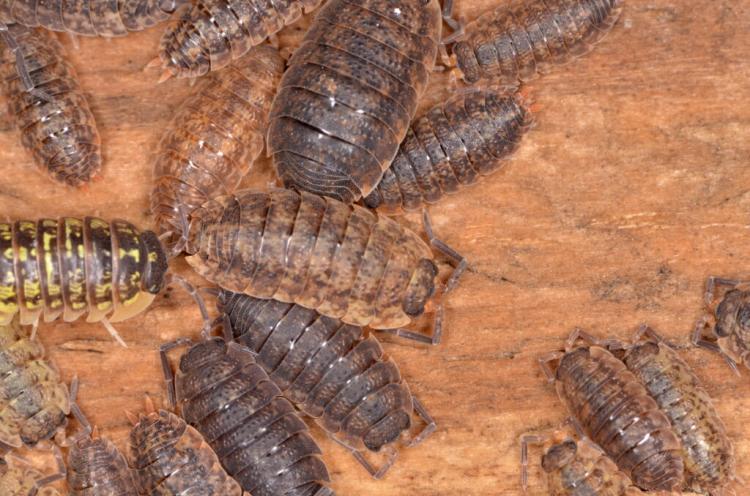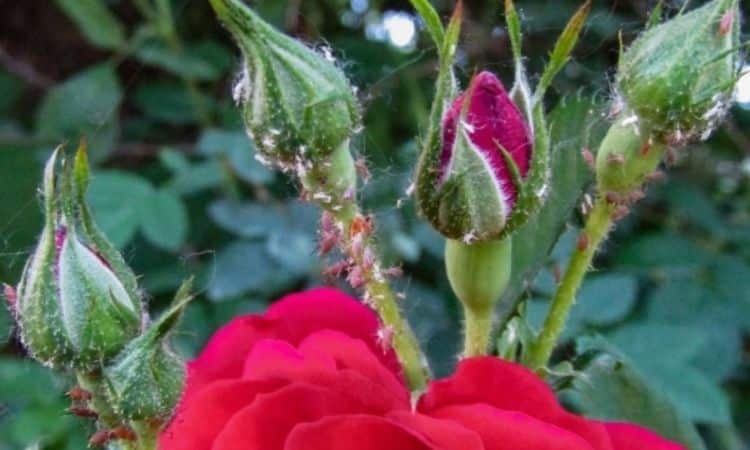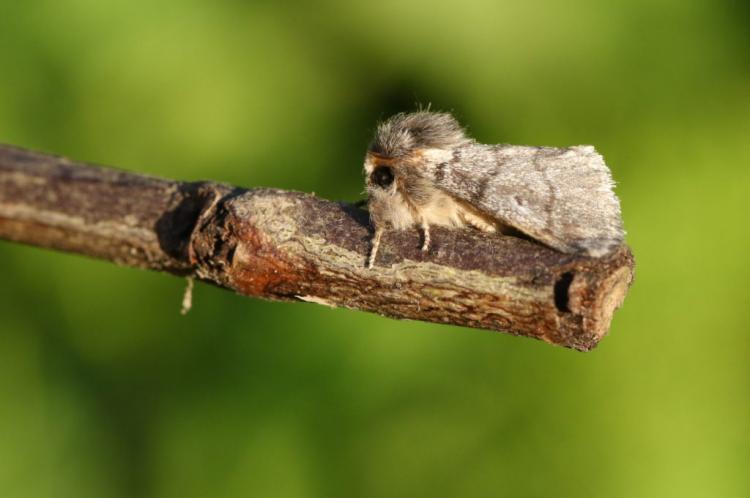Cherry Laurel Yellow And Brown Leaves: Causes
We have compiled here what it might be like if your cherry laurel has brown or yellow leaves – as well as tips for avoiding it.
Cherry laurels (Prunus laurocerasus) impress all year round with their light to dark green leaves, which offer pleasant eye protection even in winter. But this lush green leaf splendor only shows up when the cherry laurel is healthy and feels comfortable.
If the plant suffers from a disease, it is stressed or under-supplied, this has a direct effect on the evergreen sea of deciduous leaves. The leaves then turn yellowish or brownish. The reasons for this are just as varied as the possibilities to avoid the unsightly discoloration. Precautionary measures are therefore always the best measure.
Causes of brown and yellow leaves on cherry laurel
- If the leaves of the otherwise evergreen cherry laurel turn yellow or even brown, this may be due to a variety of reasons. Whether there is incorrect care or illness, we provide information on the ten most common causes of yellow and brown leaves on the cherry laurel.
- Although cherry laurel is considered to be extremely site-tolerant, you should avoid waterlogging at all costs. This can occur when the floor is compacted and the ventilation is insufficient. In most cases, yellow leaves occur quite early after planting due to site-related waterlogging.
- Even a location that is too sunny, coupled with insufficient water supply, can lead to yellow leaves. A sunburn occurs, in which the leaves turn yellow irregularly. Especially young plants that have been raised in the greenhouse are endangered. These are not yet used to the intense sunlight. In winter, additional dangers lurk. Thus, in the case of bald frost, the leaves of whole branch sections usually yellow.
- Whether dry stress or too much water is present on sandy soil, both can ultimately lead to yellow leaves. The problem is that the symptoms become visible only late, i.e. sometimes even when the water supply is functioning well again.
- Fungal infections can also lead to yellow leaves. The shot-shot or leaf spot disease caused by the fungus Pseudomonas syringae pv. Syringae, leads to yellow marbled leaves with holes. The shoot and peak drought triggered by the fungus Monilinia laxa in turn leads to yellow, withering leaves.
- If the nutrient supply is not right, the green coloring of the leaves also decreases. In the event of a nitrogen deficiency, the entire leaf, including the leaf vein – turns yellowish. In the event of an iron deficiency, however, the leaf turns yellow except for the leaf veins.
- A change of location during transplanting or planting is pure stress for plants and can unfortunately also lead to yellow leaves.
- Although the cherry laurel is also very tolerant with regard to the soil pH value, too high lime content of the bodes inevitably leads to chloroses (i.e. discoloration due to a chlorophyll deficiency), since certain nutrients can no longer be absorbed.
- If the cherry laurel is fertilized again late in the year with nitrogen-heavy fertilization, the newly formed shoots can no longer wood until winter and are therefore very susceptible to frost damage, which manifests itself in a browning of the leaves.
- Once or twice a year, a cherry laurel should be cut. If the time is chosen incorrectly or if the leaves are injured, this also leads to an unsightly brown coloration.
- If you have chosen a pot culture for your cherry laurel, you need to make sure there is enough space, because the plants grow quickly and have deep roots. If the space in the bucket has been set too sparsely, the leaves slowly but surely turn yellow.
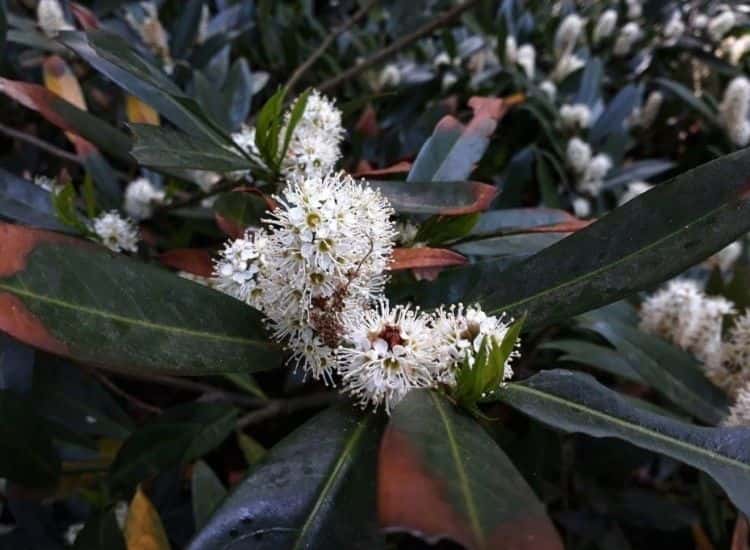
Bend brown and yellow leaves to the cherry laurel
For some of these cases, it is sufficient to simply cut off the yellow leaves and give the cherry laurel time to recover. But other reasons call for targeted countermeasures. These are referred to in the numbering to the above causes.
- With strong soil compaction, the plant is excavated and the soil is loosened half with sand. Otherwise, it is sufficient to loosen the soil in the root area with a fork. However, always be very careful not to damage the roots.
- You should water the plant sufficiently as soon as the soil dries out superficially. This applies not only to summer but also to winter. In winter, water on frost-free days and shade young solitary plants with a fleece.
- Water the plant penetrating when the upper layer of the soil has dried. Avoid waterlogging by laying out a drainage layer during planting and loosening the soil well.
- If you notice diseased regions, you should remove them immediately into the healthy wood. Dispose of the plant material in household waste and not on the compost, otherwise, you will spread the infection throughout the garden. Young plants should also be treated with a fungicide. In older plants, on the other hand, it is sufficient to inject with a more environmentally friendly sulfur preparation.
- Fertilize in case of deficiency with a quickly available fertilizer. You should also adjust the annual fertilization. If you have fertilized only once a year before, you should switch to two fertilizations. Also, check the soil pH and adjust it downwards if necessary. This alone can lead to your cherry laurel being able to absorb enough iron again.
- After a move, you can only wait until the rootwork has established itself and the yellow leaves have grown again.
- In order to make the lime easier to wash from the soil, the soil is loosened up and sand is mixed. If this does not help, the entire earth must be replaced. Mulching with acidic needle compost also helps to lower the soil pH value again.
- The last fertilization will take place in June at the latest. In late summer, you should only fertilize calibrated to make your cherry laurel more frost-resistant.
- Cut before re-shoot in February or immediately after flowering. To avoid unsightly brown edges, you should also use a hand scissor instead of an electric one.
- If the pot is too small for your cherry laurel, only one helps, namely to repot it in a larger pot.
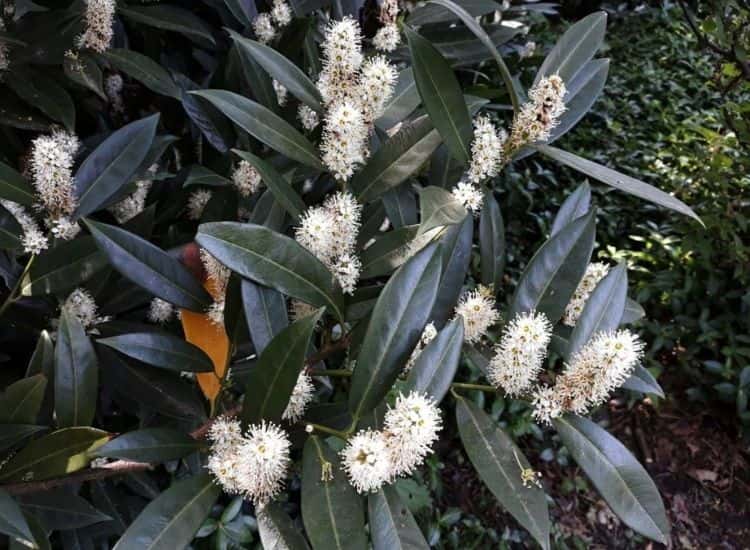
Precautionary measures, therefore, remain the best measure against yellow and brown leaves. That’s why we have collected everything for the right cherry laurel care and the ideal location in special articles.
